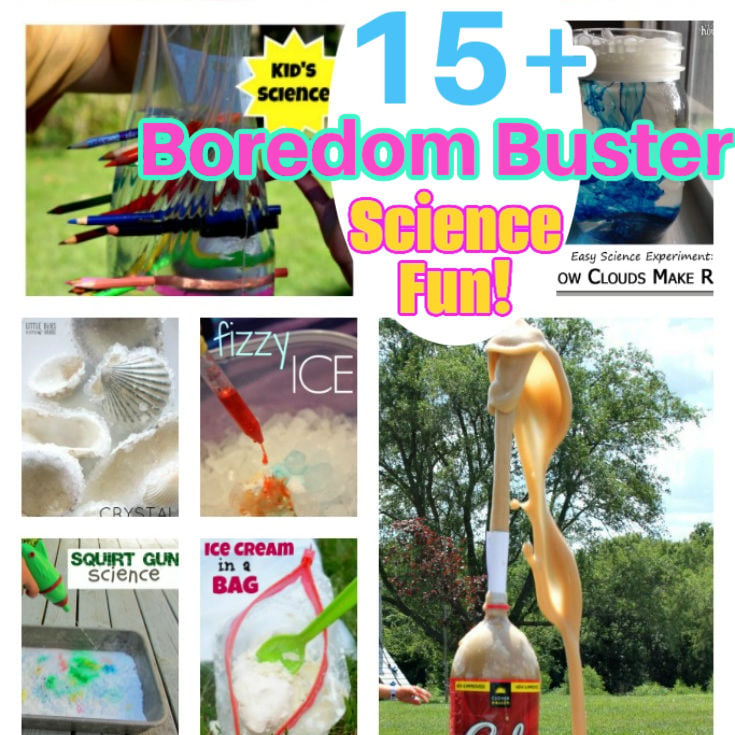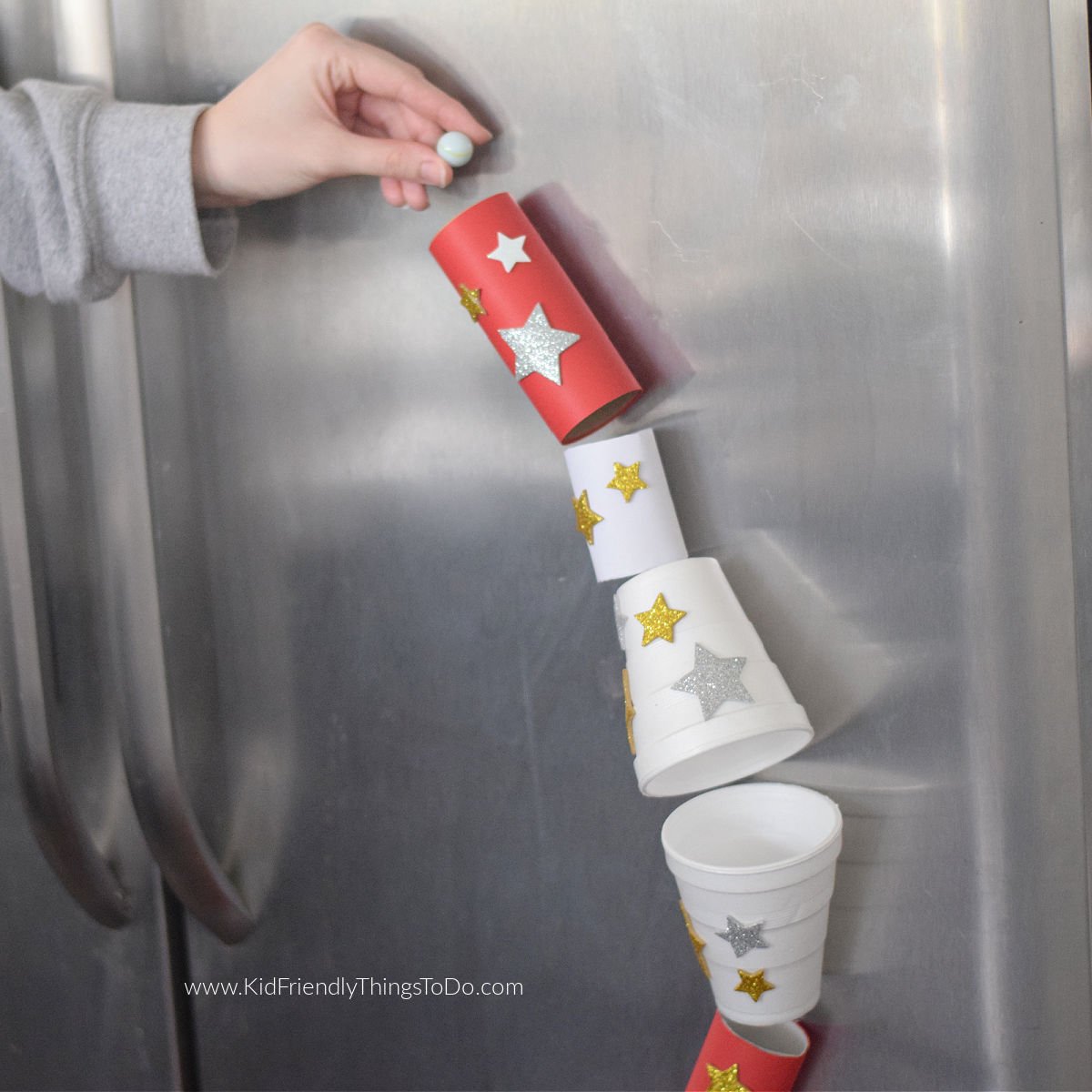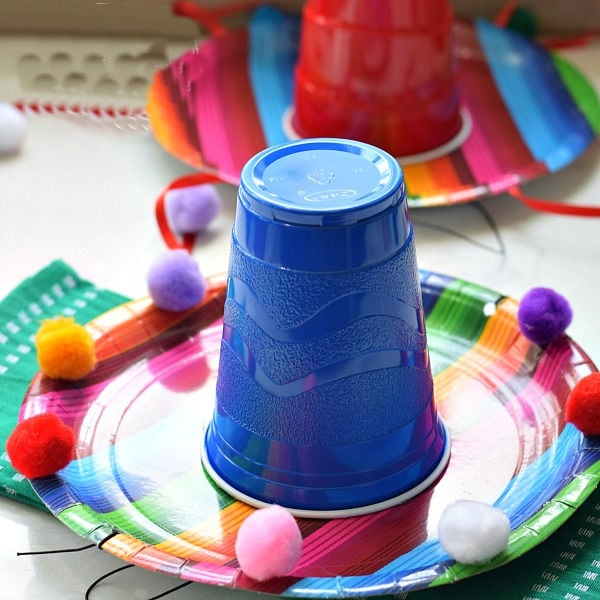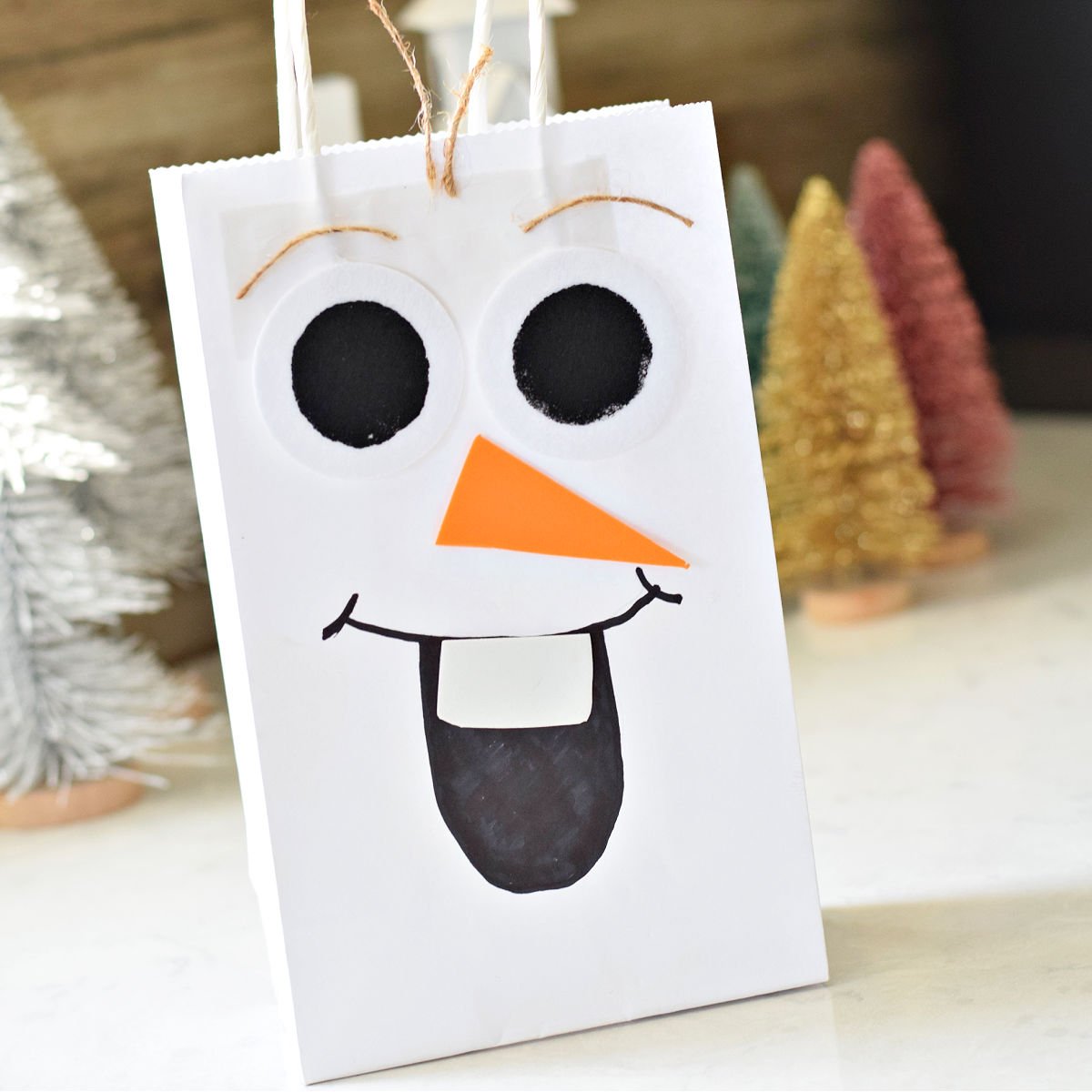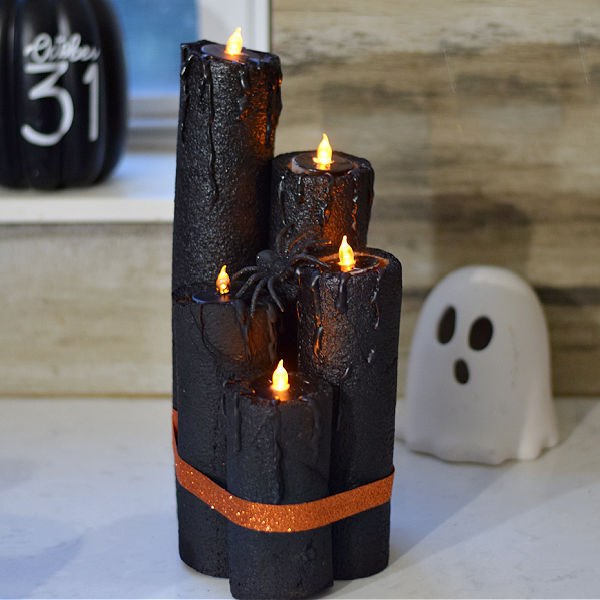Turning Boiling Water Into Snow
This post may contain affiliate links – please read my disclosure statement.
Turning boiling water into snow is fun on a cold winter day. When temperatures are freezing and the kids are going stir crazy, try this easy science experiment.
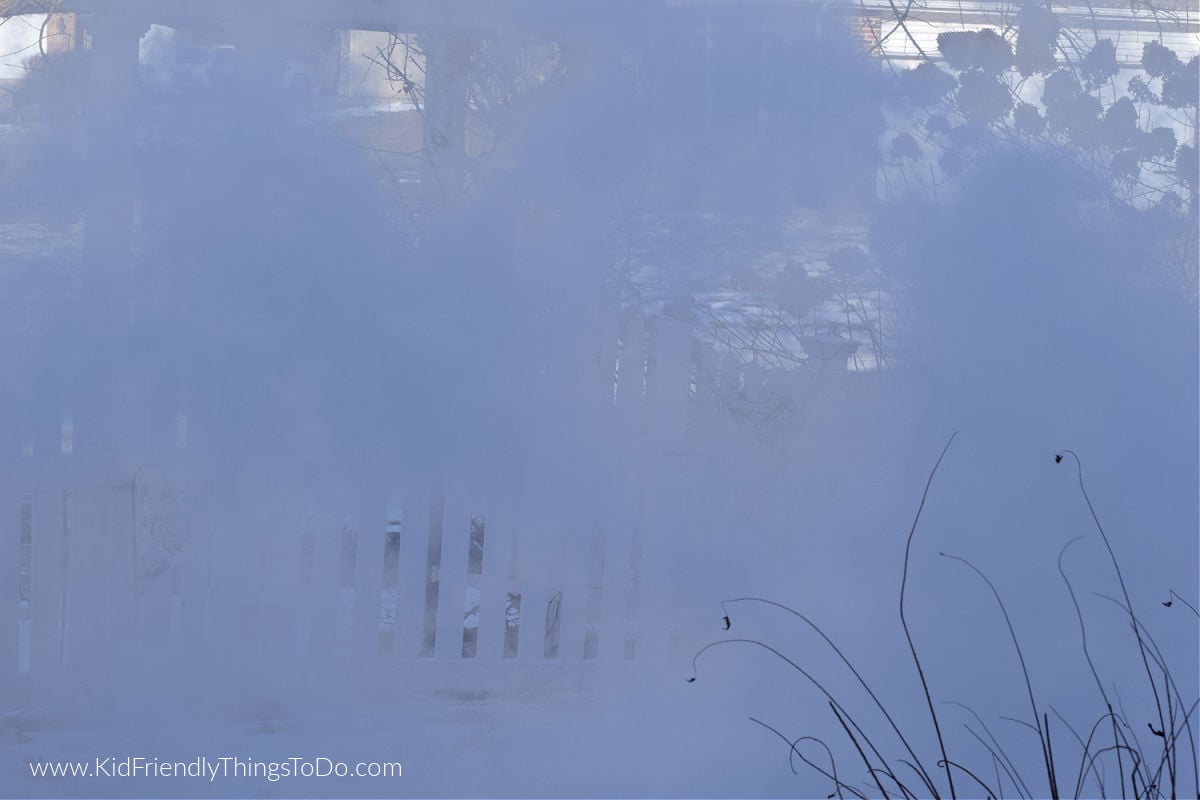
Turning boiling water into snow
Years ago, when my kids were little, I was constantly looking for fun things to do with them like Blowing up balloons with baking soda and vinegar , How to Tie-Dye Flowers , and capturing spider webs.
Last week in the Chicago area, temperatures dropped, and I noticed on my Facebook feed that people were taking advantage of the colder temperatures. News Channel Five looked for pictures of people turning boiling water into snow. Intrigued, I mentioned the idea to a friend who home-schools her four children and is constantly telling me about science fun. She was turning bubbles into frozen bubbles with her kids. She told me that she colors her bubble solution with Kool-Aid to get a better effect. Based on that idea, I colored our boiling water. I was hoping the vapors would be a bright color. Unfortunately, we can’t see the color in the ice crystals (at least not with blue coloring), but we did achieve a fun, colorful effect. You can see the line of the water droplets that fall to the ground and the vapors rising out of those – turning into ice crystals and blowing away. It’s super fun, and very visual. The picture of the colored water snow is at the bottom of the post. This is a fun science project to help the kids learn about air, moisture, and molecules.
Supplies You’ll need
Water
Optional: Food Coloring – refer to Variation notes
Equipment Needed
Large saucepan
Stove
Instructions
*Precautionary Note – An adult should handle the hot water. Be careful, and use a pot with a long handle. Oven mitts are a good idea. Throw the water up, away from your body and anyone else.
Boil water to a rolling boil.
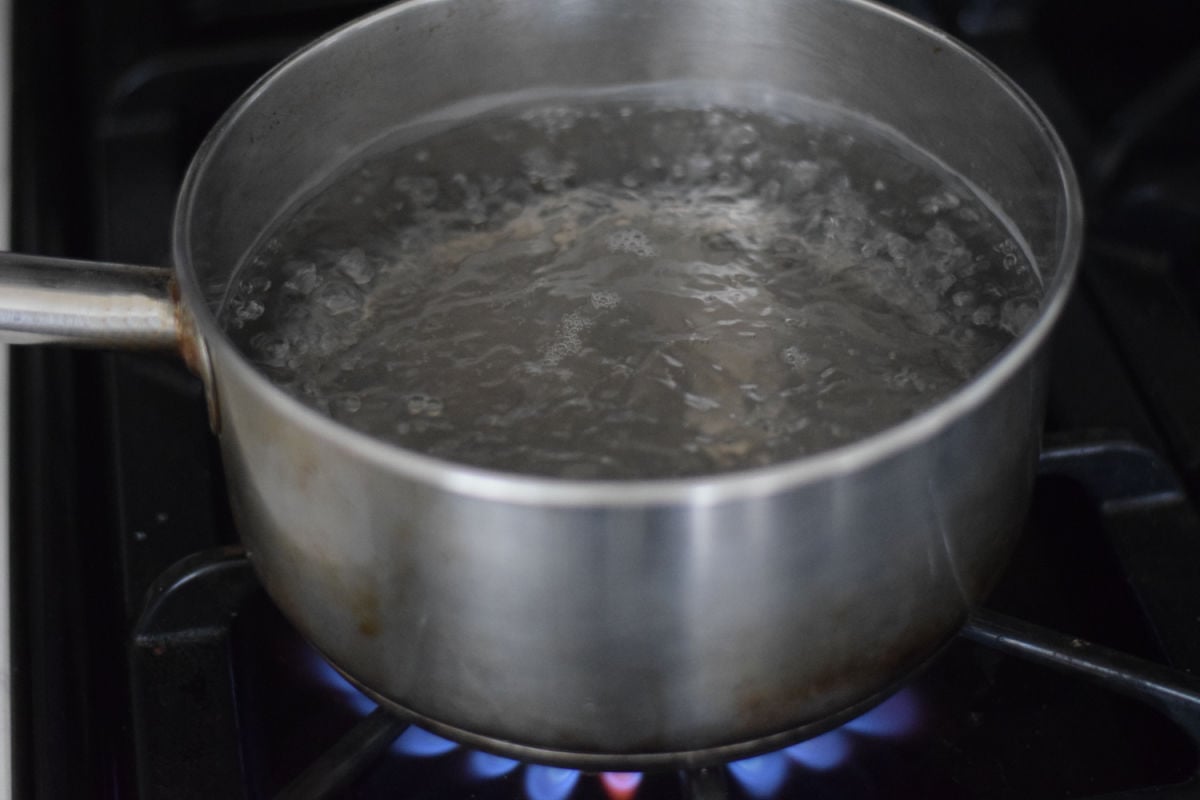
An adult…can carefully handle the boiling water in the saucepan or transfer it into a heatproof container like a metal thermos
The kids should observe, because the snow will evaporate quickly.
When everyone is ready, the adult should then throw the boiling water upward and outward, away from anyone, into the freezing temperatures creating snow.
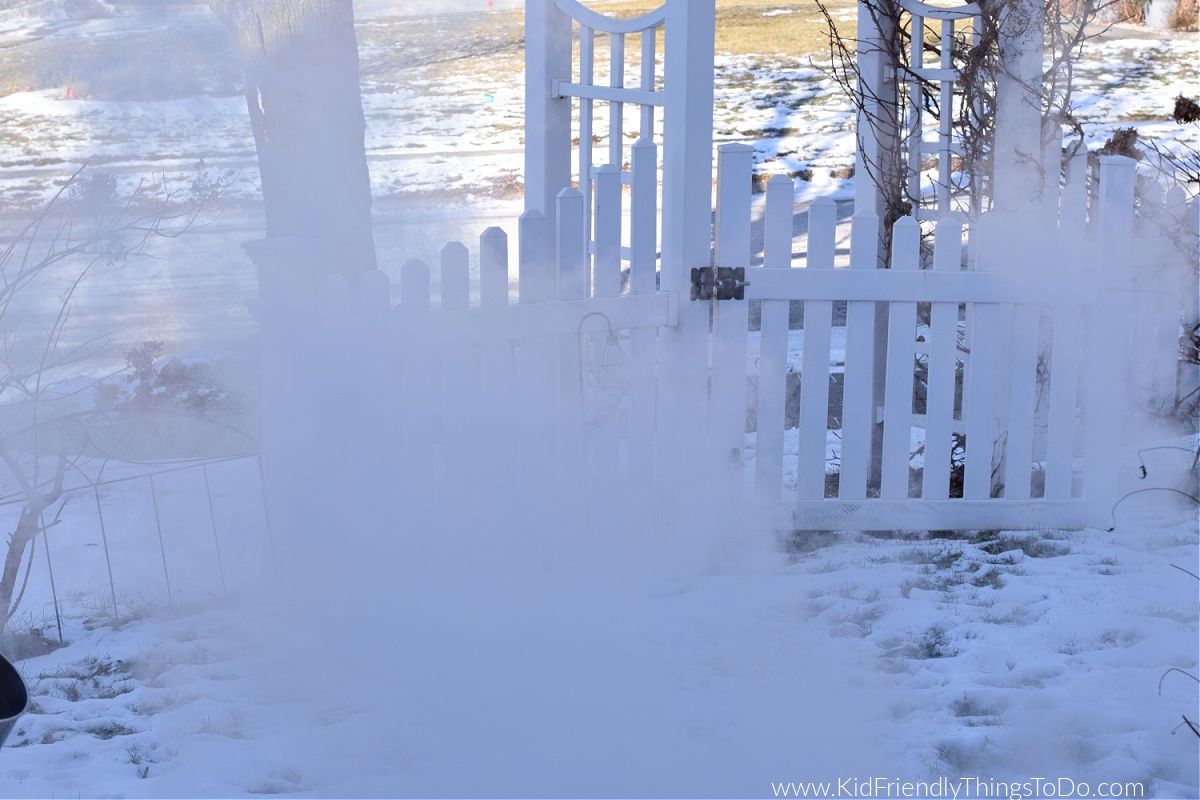
What You’ll See
At this point, the snow will look like a giant cloud. The air will not have room for the extra moisture, so it will quickly turn into precipitation.
The cloud might get more significant as the water tries to turn to steam, but because the air can’t hold any more vapour, it condensates and returns to a liquid state which quickly freezes.

Then, the cloud will start to evaporate as the droplets fall to the ground.
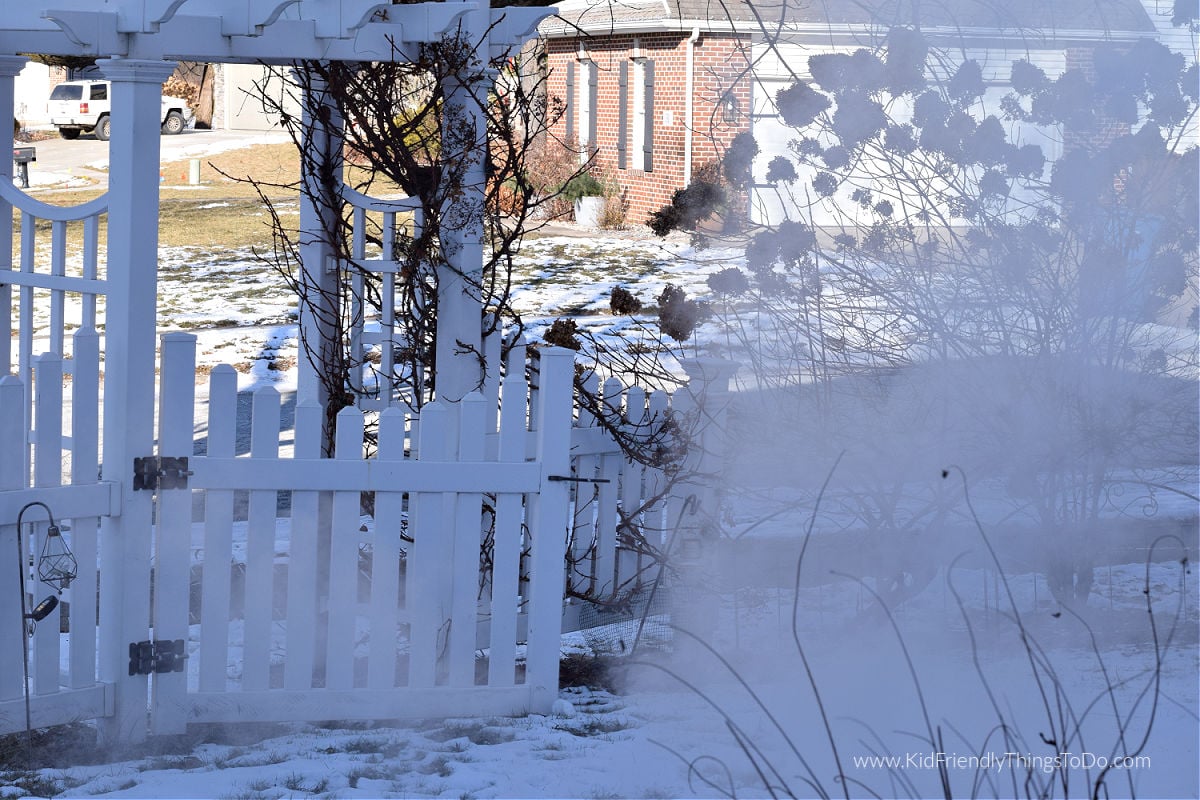
Explaining the science behind the experiment:
- The temperature will have to be cold – really cold, like negative degrees cold
- Air that cold is very dense
- When you force moisture into the air, the atmosphere does not have room for more water molecules
- So, it will turn into precipitation, clinging to air molecules and turning into crystals
Variation
Color the water to make a bright visual display.
- Mix in food coloring into the boiled water
- You should see the colored water drop to the ground, and the huge cloud of ice crystals rising up
- All that remains is a cloud of snow
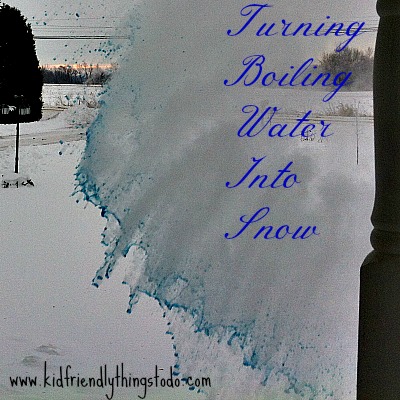
FAQs


